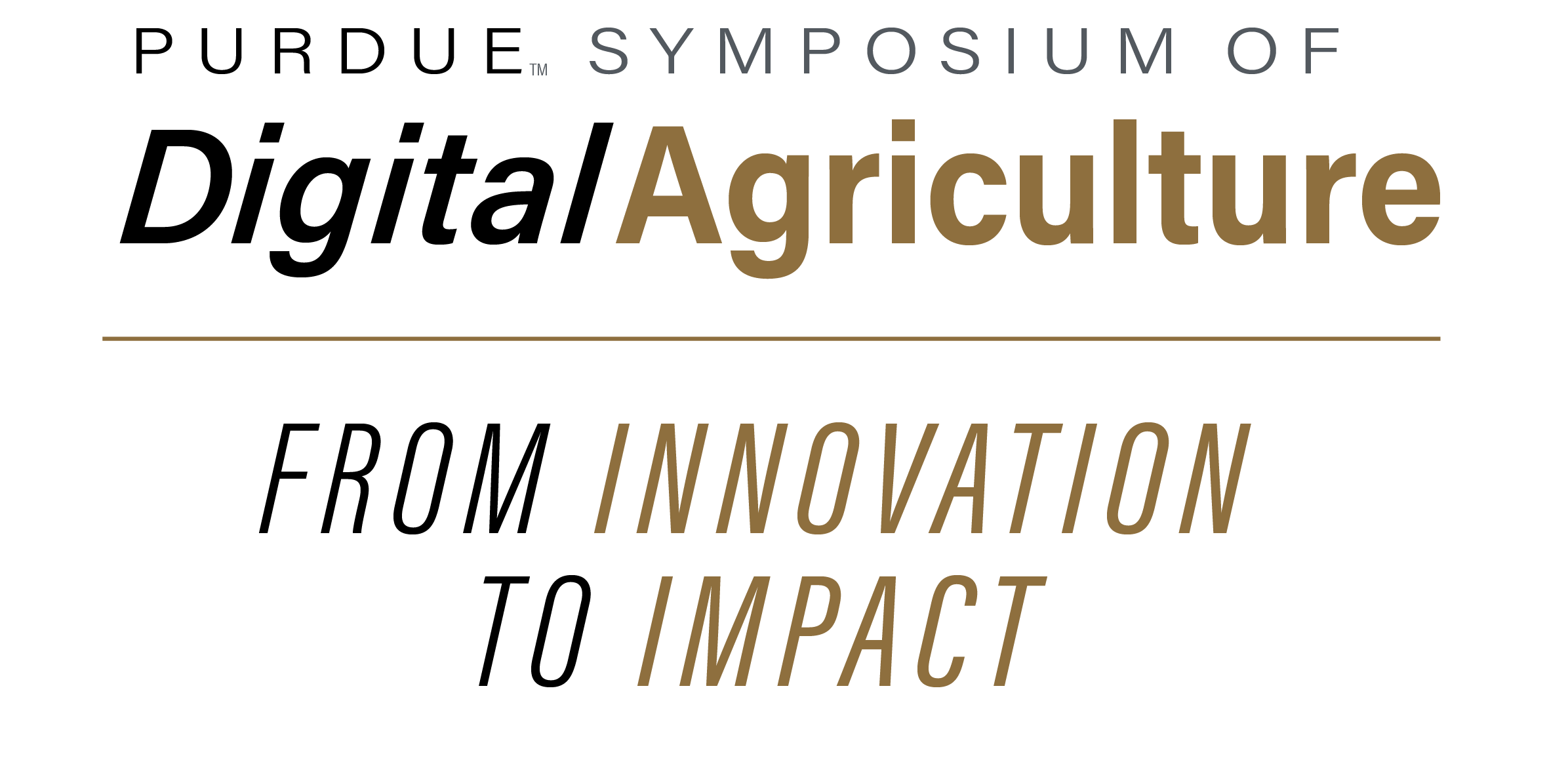Diversity of Gymnopus in Pakistan
Loading...
Abstract
Gymnopus is a globally distributed genus of saprotrophic fungi, yet its diversity in Pakistan has been investigated a little. This poster documented only 6 species, including Gymnopus. ocior, G. barbipes, G. luxurians, G. bunerensis, G. dysodes, and G. menehune, through detailed morphological characterization supported by molecular phylogenetic analyses. These records, including new reports and a novel species, significantly enrich the taxonomic framework of Pakistani mycobiota and highlight the underexplored fungal diversity of the region.
Beyond taxonomy, such studies hold relevance for digital agriculture. As active decomposers, Gymnopus species contribute to organic matter recycling, nutrient cycling, and soil fertility enhancement. Their presence can serve as ecological bioindicators, informing ecosystem monitoring and transition zone studies. By digitilizing taxonomic and molecular data into different platforms, fungal diversity can be integrated with digital tools, including AI-based recognition systems, for soil health modeling and biodiversity informatics. Importantly, some Gymnopus species are also edible, linking fungal research with potential nutritional resources.
Keywords
Gymnopus, Saprotrophic fungi, Digital agriculture, Molecular phylogeny, Biodiversity
DOI
10.5703/1288284318179
Poster
Diversity of Gymnopus in Pakistan
Gymnopus is a globally distributed genus of saprotrophic fungi, yet its diversity in Pakistan has been investigated a little. This poster documented only 6 species, including Gymnopus. ocior, G. barbipes, G. luxurians, G. bunerensis, G. dysodes, and G. menehune, through detailed morphological characterization supported by molecular phylogenetic analyses. These records, including new reports and a novel species, significantly enrich the taxonomic framework of Pakistani mycobiota and highlight the underexplored fungal diversity of the region.
Beyond taxonomy, such studies hold relevance for digital agriculture. As active decomposers, Gymnopus species contribute to organic matter recycling, nutrient cycling, and soil fertility enhancement. Their presence can serve as ecological bioindicators, informing ecosystem monitoring and transition zone studies. By digitilizing taxonomic and molecular data into different platforms, fungal diversity can be integrated with digital tools, including AI-based recognition systems, for soil health modeling and biodiversity informatics. Importantly, some Gymnopus species are also edible, linking fungal research with potential nutritional resources.


